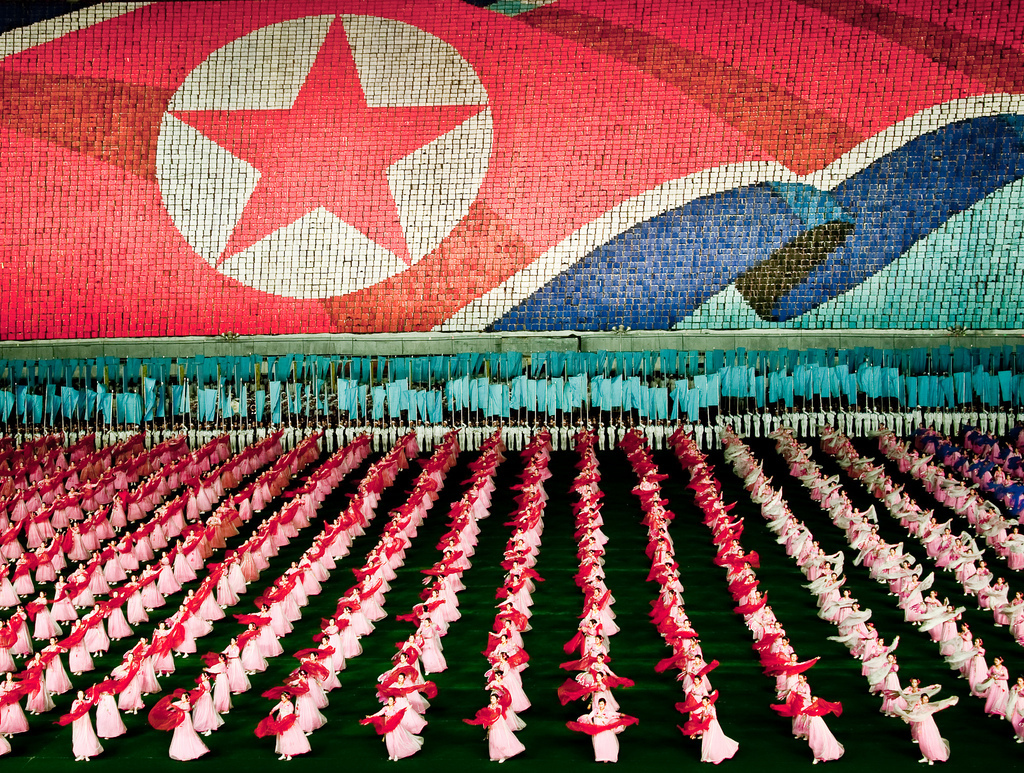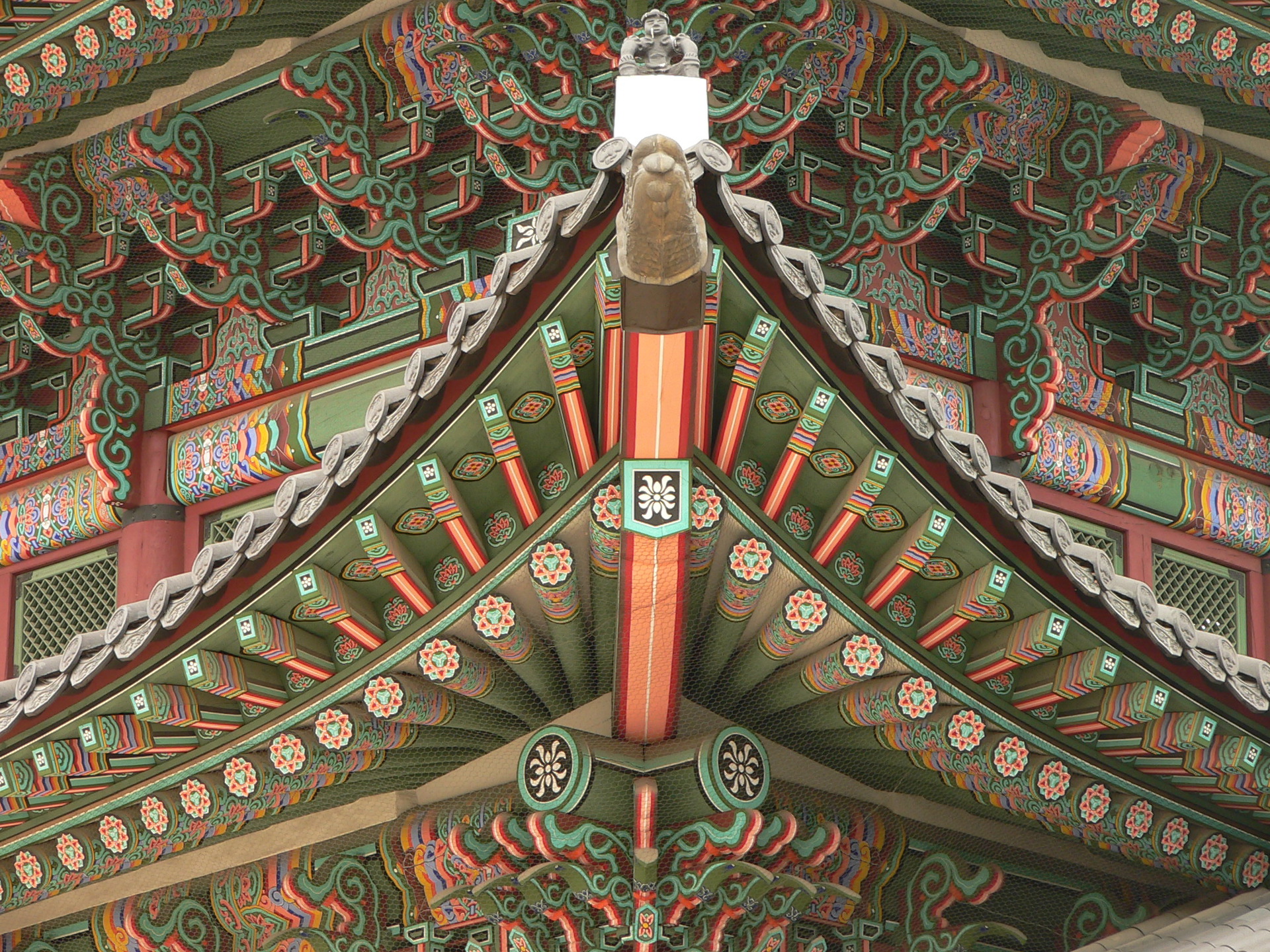Internet in a closed country: the experience of North Korea
In the modern world, where borders between countries are simply abstract concepts, the DPRK remains an unusual example of a state where access to the Internet is almost completely closed. This is due, primarily, to total control by the government. The Internet in North Korea serves only one purpose - to serve the needs of the authorities, while the inhabitants of the country lack virtually any information, with the exception of propaganda from television and newspapers. Although, recently, the tendency of opening the “iron curtain” is becoming more and more noticeable and, of course, this will also affect the Internet.

Now only a few North Koreans have access to the network. For 2013, the number of IP addresses that go online was only 1,200. Party figures, some research institutes, foreign embassies, universities in the capital, foreign economic figures, propagandists and some more elected by Kim Jong Un have access to it. The overwhelming majority, however, use the Kwanmen national network, which we will now discuss in more detail.
')
In 2000, at the initiative of the DPRK government, as a surrogate for the Internet, the national network Qvanmen was created - a vivid example of an intranet . To date, it has more than 100 thousand users and 3 thousand sites, mainly in Korean. Most of the pages relate to educational institutions and manufacturing enterprises. Now the network is actively developing and, in addition to materials in Korean, websites in English and Russian have begun to appear.

The process of adding information to the intranet takes place on the orders of various institutions and organizations, and then the Center for Computer Information downloads information from the worldwide Internet to Qwanmen, while conducting a censorship check of the content. Only after this site becomes available to users.
By the standards of a modern person, Qanmen is more like an electronic library, where user abilities are limited to the limit. In Kwanmen, you can download e-books and read them on Chinese tablets Samjiyon, made specifically for the DPRK. There are also news resources on the intranet, mostly devoted to the propaganda of communism, articles about science, a search engine and a bit of commerce - there is even an opportunity to run a business. Users communicate through e-mail and special university forums, where there is an opportunity to exchange songs and greetings.
Most of the country's inhabitants get access to Qwanmen via 3G via mobile phones. Since the DPRK is a poor country and the average salary of a worker is about 4 dollars, it’s quite rare to meet a computer in a North Korean family. All computers use Red Star OS on the Linux kernel, the new version of which is similar to Mac OS X. Red Star OS has a modified version of Mozilla Firefox browser, called Nanar, a text editor, mail system, media player and some games.

There are no social networks in the DPRK and the ability to communicate with other countries is simply not available. According to foreigners, the most popular place where usually silent North Koreans can communicate on "closed topics" and discuss power is the train. Here, as if in a large social network, a stranger can communicate with strangers on topics that he wouldn’t touch on at work or at home.
At the moment there is no direct exit from the world Internet to the DPRK intranet. There were a couple of attempts to break Quanman, however, direct evidence was never provided. However, not everything is so hopeless: anyone can watch North Korean television anywhere in the world and listen to the local radio "Voice of Korea" . Also, foreign users have the opportunity to try a national search engine .
As for access to the worldwide network from the DPRK, here things are even worse. As mentioned above, only government agencies and politicians have access to the Internet. However, since March 1, 2013, foreign tourists were allowed to enter the Internet on the territory of the state via 3G communication, however, this service did not take root much, because access costs several hundred dollars. Taking care of the image of the country, officials constantly come up with various guidebooks, including interactive ones. A prime example of this is the first video game created in North Korea, the browser race Pyongyang Racer .

Just by looking at it, one can understand that the DPRK has already lagged behind other countries for several decades in terms of information technology. There is no one to compete in this game, but while riding along the deserted streets of Pyongyang, one can explore all the local sights of the capital.

Despite the efforts of the North Korean authorities, the country, and with it the Internet, will gradually begin to open up to the outside world. It is possible that the DPRK will follow the example of China and create an analogue of the Golden Shield, and will refuse to filter information, as many totalitarian states have already done. But, for now, the locals, in their own words, suffer greatly from a lack of information and the ability to communicate on the Internet.

Now only a few North Koreans have access to the network. For 2013, the number of IP addresses that go online was only 1,200. Party figures, some research institutes, foreign embassies, universities in the capital, foreign economic figures, propagandists and some more elected by Kim Jong Un have access to it. The overwhelming majority, however, use the Kwanmen national network, which we will now discuss in more detail.
')
What is Kwanmen?
In 2000, at the initiative of the DPRK government, as a surrogate for the Internet, the national network Qvanmen was created - a vivid example of an intranet . To date, it has more than 100 thousand users and 3 thousand sites, mainly in Korean. Most of the pages relate to educational institutions and manufacturing enterprises. Now the network is actively developing and, in addition to materials in Korean, websites in English and Russian have begun to appear.

The process of adding information to the intranet takes place on the orders of various institutions and organizations, and then the Center for Computer Information downloads information from the worldwide Internet to Qwanmen, while conducting a censorship check of the content. Only after this site becomes available to users.
By the standards of a modern person, Qanmen is more like an electronic library, where user abilities are limited to the limit. In Kwanmen, you can download e-books and read them on Chinese tablets Samjiyon, made specifically for the DPRK. There are also news resources on the intranet, mostly devoted to the propaganda of communism, articles about science, a search engine and a bit of commerce - there is even an opportunity to run a business. Users communicate through e-mail and special university forums, where there is an opportunity to exchange songs and greetings.
Most of the country's inhabitants get access to Qwanmen via 3G via mobile phones. Since the DPRK is a poor country and the average salary of a worker is about 4 dollars, it’s quite rare to meet a computer in a North Korean family. All computers use Red Star OS on the Linux kernel, the new version of which is similar to Mac OS X. Red Star OS has a modified version of Mozilla Firefox browser, called Nanar, a text editor, mail system, media player and some games.

There are no social networks in the DPRK and the ability to communicate with other countries is simply not available. According to foreigners, the most popular place where usually silent North Koreans can communicate on "closed topics" and discuss power is the train. Here, as if in a large social network, a stranger can communicate with strangers on topics that he wouldn’t touch on at work or at home.
How to get and get out of the North Korean intranet?
At the moment there is no direct exit from the world Internet to the DPRK intranet. There were a couple of attempts to break Quanman, however, direct evidence was never provided. However, not everything is so hopeless: anyone can watch North Korean television anywhere in the world and listen to the local radio "Voice of Korea" . Also, foreign users have the opportunity to try a national search engine .
As for access to the worldwide network from the DPRK, here things are even worse. As mentioned above, only government agencies and politicians have access to the Internet. However, since March 1, 2013, foreign tourists were allowed to enter the Internet on the territory of the state via 3G communication, however, this service did not take root much, because access costs several hundred dollars. Taking care of the image of the country, officials constantly come up with various guidebooks, including interactive ones. A prime example of this is the first video game created in North Korea, the browser race Pyongyang Racer .

Just by looking at it, one can understand that the DPRK has already lagged behind other countries for several decades in terms of information technology. There is no one to compete in this game, but while riding along the deserted streets of Pyongyang, one can explore all the local sights of the capital.
What is the future of computer networks in North Korea?

Despite the efforts of the North Korean authorities, the country, and with it the Internet, will gradually begin to open up to the outside world. It is possible that the DPRK will follow the example of China and create an analogue of the Golden Shield, and will refuse to filter information, as many totalitarian states have already done. But, for now, the locals, in their own words, suffer greatly from a lack of information and the ability to communicate on the Internet.
Source: https://habr.com/ru/post/247395/
All Articles